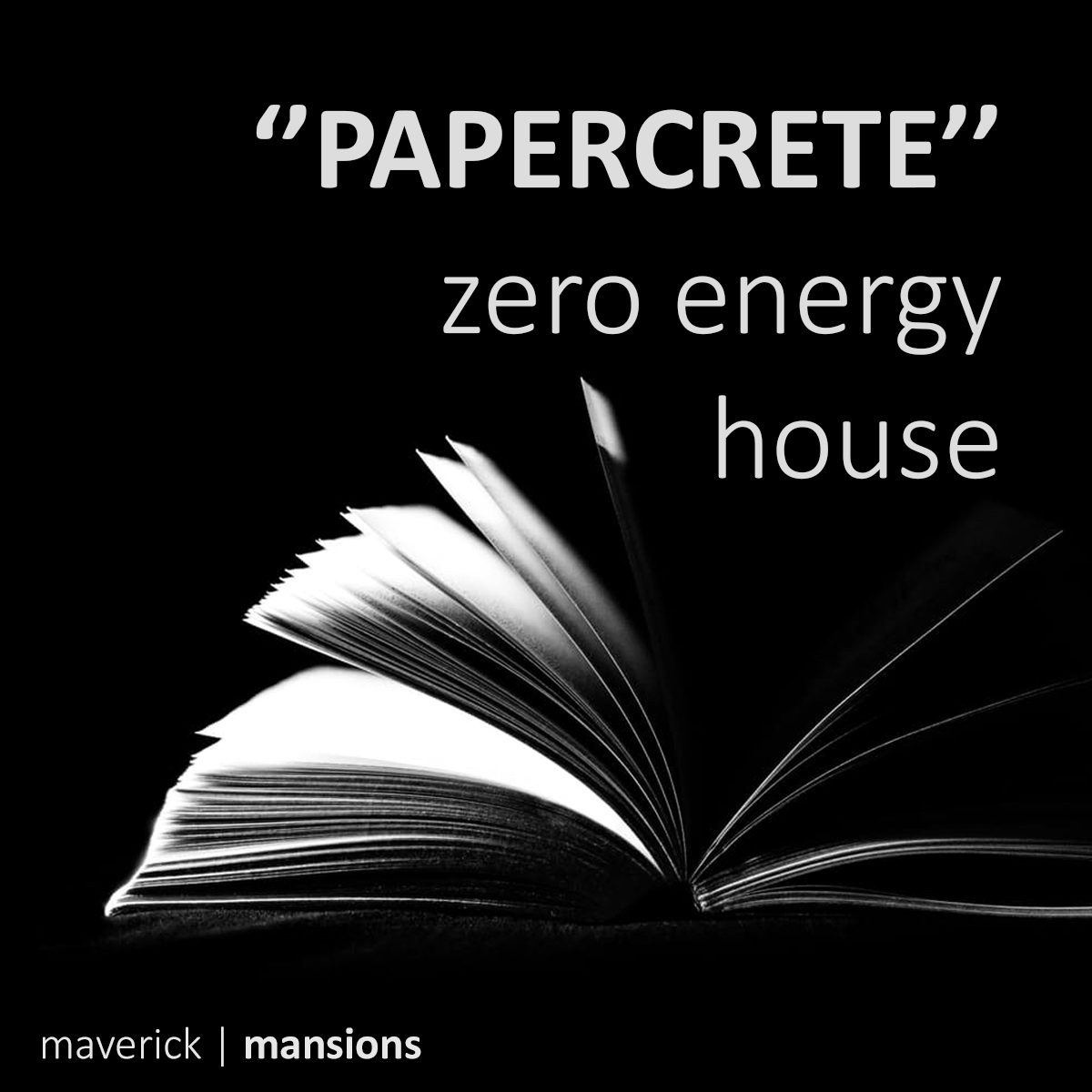Papercrete is one of the best, if not the best affordable insulations ever invented. There are different recipes for it. The recipe depends on where you want to use it and how. The rule of thumb is generally that you can go to maximum 90% paper and 10% bounding material. This bounding material (the most popular nowadays) is Portland cement. To save on the initial investment you can do the following: replace half of the cement with fly ash. 90paper …5% cement …5% fly ash. In case you can acquire a lot of used paper for free or really cheap then definitely go with this material. The only reason I wouldn’t use this for insulation is its price.

Neurons of the brain. On a microscopic level papercrete looks similar to the neurons of the brain. This microscopic structure is probably what makes it an extremely strong material. Although extremely strong, papercrete weights 7 times less than concrete. Another recipe: 70%paper, 20% sand, 10% bounding material; this combination will make it fireproof. You will be able to wash it with a high-pressure water pump. Note that the extra sand will lower its energy efficiency and insulation properties. For the walls I would use 90%-10% recipe and on both sides and on the last centimeters I would change the ratio. I would add even more sand to make it fireproof. Needless to mention the whole thing would be positioned under the false facade or chimney effect. Read about fire safety and catastrophes.
Pepercrete breaths like an organism. If we have humidity in the air, then papercrete will act like a sponge. It will absorb the humidity but it will not get moldy at all. Mold will not form because of the cement. Build the false facade; it will prevent the accumulation of humidity in the walls. It will triple its lifetime and it will protect it from UV rays, shocks, fire, rain, etc. Read about the 30-30-30 rule. and about the thermal mass.
When you make it, it is filled with water. You need lots of Sun and wind to eliminate the humidity. This will take weeks. The papercrete in this stage will shrinks considerably! It’s not the best idea to make it in the rainy season or in the winter. If you make thick layers like of 20-30cm, then it might take months to dry. Don’t make the layers thicker then 10-15 cm. If you pour it into a frame (directly in the structure) then keep in mind that the water will deteriorate the wooden frame. You will have to waterproof the wood. This involves extra money and risk. In case you want thicker layers: then pour pepercrete near the house. (10-15cm at most)
Mold & bacteria. A few weeks later you can position the “layers” in their final place. After positioning the “layers” you can spray another few cm of papercrete on the inside and on the outside. This way the walls will have uniform surface. For this mix use lots of sand to make it fireproof. You can rent or buy a papercrete spray on the internet. Beware that normal cement sprays will not function with papercrete. The underground lake would be a perfect place to make this part in the winter. You could build the walls even in the winter. It would be a perfect timing. However you’ll have to get rid of the extra humidity.
Put a few hundred meters of cheap tubes in the earth, and pump the air from the walipini in it. The “dry” air will be released in the walipini again so you’ll have 10C dry air. The humidity will accumulate in the coldest point. Collect the water. It’s important. This way you will get dry air inside all the time. But otherwise you’ll get industrial quantities of mold and bad bacteria. Even the structure will deteriorate. Circulating the same air in the tubes and collecting the water will solve this problem quite cheap. By not opening windows and doors will warmth will remain inside. Read about the greenhouse effect and thermal mass.